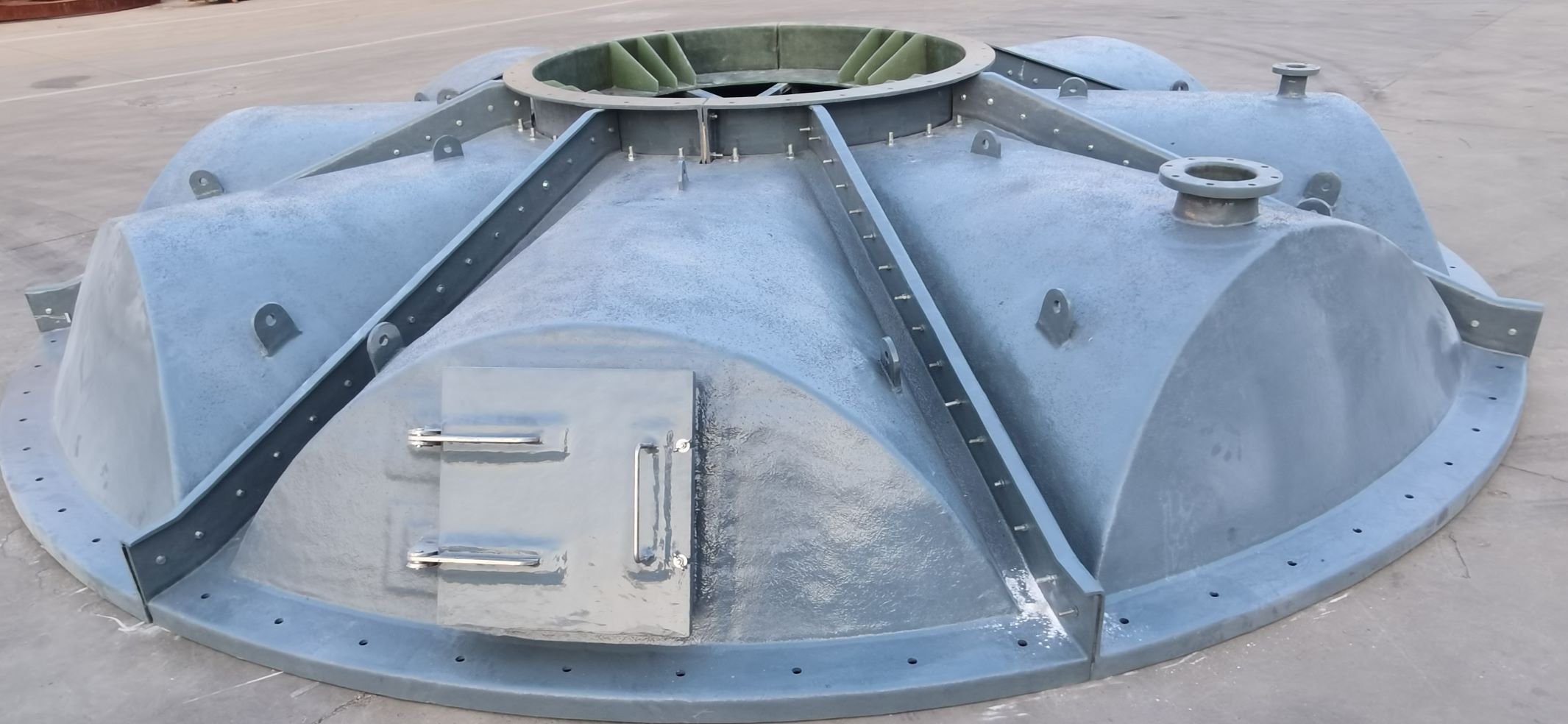
-
 Afrikaans
Afrikaans -
 Albanian
Albanian -
 Amharic
Amharic -
 Arabic
Arabic -
 Armenian
Armenian -
 Azerbaijani
Azerbaijani -
 Basque
Basque -
 Belarusian
Belarusian -
 Bengali
Bengali -
 Bosnian
Bosnian -
 Bulgarian
Bulgarian -
 Catalan
Catalan -
 Cebuano
Cebuano -
 China
China -
 China (Taiwan)
China (Taiwan) -
 Corsican
Corsican -
 Croatian
Croatian -
 Czech
Czech -
 Danish
Danish -
 Dutch
Dutch -
 English
English -
 Esperanto
Esperanto -
 Estonian
Estonian -
 Finnish
Finnish -
 French
French -
 Frisian
Frisian -
 Galician
Galician -
 Georgian
Georgian -
 German
German -
 Greek
Greek -
 Gujarati
Gujarati -
 Haitian Creole
Haitian Creole -
 hausa
hausa -
 hawaiian
hawaiian -
 Hebrew
Hebrew -
 Hindi
Hindi -
 Miao
Miao -
 Hungarian
Hungarian -
 Icelandic
Icelandic -
 igbo
igbo -
 Indonesian
Indonesian -
 irish
irish -
 Italian
Italian -
 Japanese
Japanese -
 Javanese
Javanese -
 Kannada
Kannada -
 kazakh
kazakh -
 Khmer
Khmer -
 Rwandese
Rwandese -
 Korean
Korean -
 Kurdish
Kurdish -
 Kyrgyz
Kyrgyz -
 Lao
Lao -
 Latin
Latin -
 Latvian
Latvian -
 Lithuanian
Lithuanian -
 Luxembourgish
Luxembourgish -
 Macedonian
Macedonian -
 Malgashi
Malgashi -
 Malay
Malay -
 Malayalam
Malayalam -
 Maltese
Maltese -
 Maori
Maori -
 Marathi
Marathi -
 Mongolian
Mongolian -
 Myanmar
Myanmar -
 Nepali
Nepali -
 Norwegian
Norwegian -
 Norwegian
Norwegian -
 Occitan
Occitan -
 Pashto
Pashto -
 Persian
Persian -
 Polish
Polish -
 Portuguese
Portuguese -
 Punjabi
Punjabi -
 Romanian
Romanian -
 Russian
Russian -
 Samoan
Samoan -
 Scottish Gaelic
Scottish Gaelic -
 Serbian
Serbian -
 Sesotho
Sesotho -
 Shona
Shona -
 Sindhi
Sindhi -
 Sinhala
Sinhala -
 Slovak
Slovak -
 Slovenian
Slovenian -
 Somali
Somali -
 Spanish
Spanish -
 Sundanese
Sundanese -
 Swahili
Swahili -
 Swedish
Swedish -
 Tagalog
Tagalog -
 Tajik
Tajik -
 Tamil
Tamil -
 Tatar
Tatar -
 Telugu
Telugu -
 Thai
Thai -
 Turkish
Turkish -
 Turkmen
Turkmen -
 Ukrainian
Ukrainian -
 Urdu
Urdu -
 Uighur
Uighur -
 Uzbek
Uzbek -
 Vietnamese
Vietnamese -
 Welsh
Welsh -
 Bantu
Bantu -
 Yiddish
Yiddish -
 Yoruba
Yoruba -
 Zulu
Zulu
High-Performance Drilling with Efficient PDC Anchor Drill Bits for Enhanced Results
Efficient PDC Anchor Drill Bits for High-Performance Drilling
In the rapidly evolving world of drilling technology, efficiency and performance are paramount. One of the most significant advancements in this arena is the development of Polycrystalline Diamond Compact (PDC) drill bits, particularly designed for anchor drilling applications. These bits not only enhance the drilling process but also address the myriad challenges faced by drilling operations in various geological settings.
PDC drill bits are composed of small diamond particles that are sintered together under high pressure and temperature to create a compact structure. This innovative design bestows several advantages upon the drill bits, significantly improving their performance compared to traditional drag bits or roller cone bits. For instance, PDC bits provide superior wear resistance and can maintain their cutting efficiency over prolonged periods, resulting in reduced downtime and lower operational costs.
The efficiency of PDC anchor drill bits is particularly evident in their ability to drill through tough geological formations. Their cutting edges are engineered to minimize vibration and enhance the bit's stability, allowing for smoother penetration into hard rock layers. This stability is critical, especially in anchor drilling applications where precision and accuracy are essential for the integrity of the structures being anchored.
Moreover, PDC drill bits are versatile and can be tailored to meet specific drilling conditions. Different configurations, such as the arrangement of the diamond cutters and the bit body design, enable the customization of PDC bits for varying formations, whether soft, medium, or hard. This adaptability ensures that drilling operations can be optimized to achieve maximum efficiency, regardless of the geological challenges encountered.
efficient pdc anchor drill bits for high-performance drilling

One of the key performance metrics for drilling operations is the Rate of Penetration (ROP). PDC anchor drill bits significantly enhance ROP, allowing drillers to accomplish more in less time. This is particularly beneficial in sectors such as construction, oil, and gas, where time is often linked directly to costs. By utilizing high-performance PDC bits, companies can achieve their drilling milestones more efficiently, leading to overall project success.
Another advantage of PDC bits is their reduced environmental impact. Conventional drilling methods can generate excessive waste and emissions, but newer PDC designs often incorporate features that lessen these effects. Their efficiency reduces the energy required for drilling, which translates to lower carbon footprints. Furthermore, the longer lifespan of PDC bits means fewer bits are needed over time, thereby reducing the environmental burden associated with manufacturing, transporting, and disposing of worn-out drill bits.
The integration of technology into the design and use of PDC bits further amplifies their efficiency. Many drilling operations now incorporate sensors and data analytics that allow for real-time monitoring and optimization of drilling parameters. This technological evolution means operators can adjust drilling strategies on the fly, ensuring that the drill bits perform at their highest capabilities under varying conditions.
In summary, efficient PDC anchor drill bits represent a significant leap forward in high-performance drilling technology. Their durability, adaptability, and ability to enhance ROP make them an indispensable tool in various drilling projects. As industries continue to adopt these advanced drill bits, the benefits will be felt not just in improved productivity, but also in the promotion of more sustainable practices in drilling operations. As we look to the future, the evolution of drilling technology, led by innovations like PDC bits, holds great promise in meeting the demands of modern engineering projects while minimizing environmental impacts. The continued development and optimization of these tools will undoubtedly shape the future of the drilling industry for years to come.









